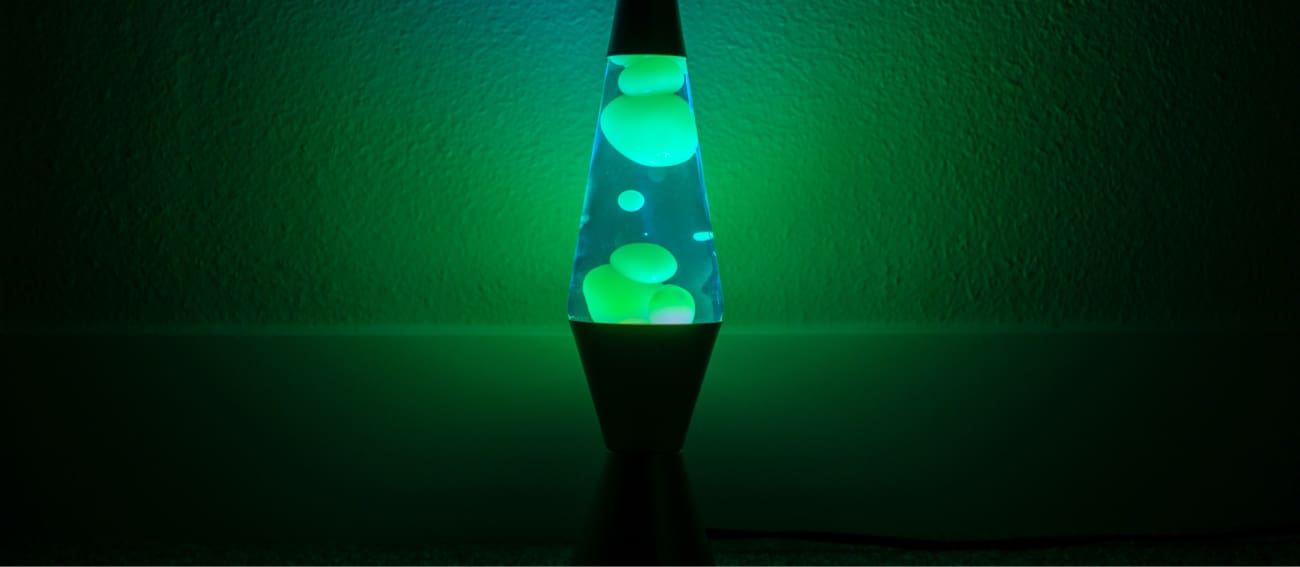Lava lamp
Objective: Build a home-made lava lamp using 2 immiscible liquids

-
Laboratory materials
Beaker
-
Reagents
Vegetal oil
Water
Effervescent tablet
Food coloring
-
Questions
What do you observe when you add the tablets?
Which gas is released when the tablet is dissolved?
Which properties are we working with?
What property should the food coloring have?
Procedure
- Fill one-quarter of the tall glass with water.
- Add 3-4 drops of each color dye (waiting for the dye to mix with the water, as it dissolves there).
- Add the oil (double of the volume of water).
- Add the effervescent tablet and observe what happens.
Theoretical explanation
Water and oil have different densities. Oil is lighter and therefore has less density, positioning itself above the denser liquid (water).
Additionally, they are immiscible liquids (do not mix) because their properties are very different: oil is very hydrophobic or nonpolar, and water is polar (hydrophilic). Water molecules are attracted to other water molecules or oil molecules to other oil molecules.
When adding the effervescent tablets, in contact with water, an acid-base reaction occurs, releasing carbon dioxide (gas bubbles that we see and rise because they are less dense). The gas bubbles carry small droplets of colored water and transport them to the surface. The gas continues its path to the atmosphere and releases the water droplets, which then fall back to the bottom of the container. This process repeats until the tablet is completely dissolved.

Let's create a brighter future
Join our team to work with renowned researchers, tackle groundbreaking
projects and contribute to meaningful scientific advancements














